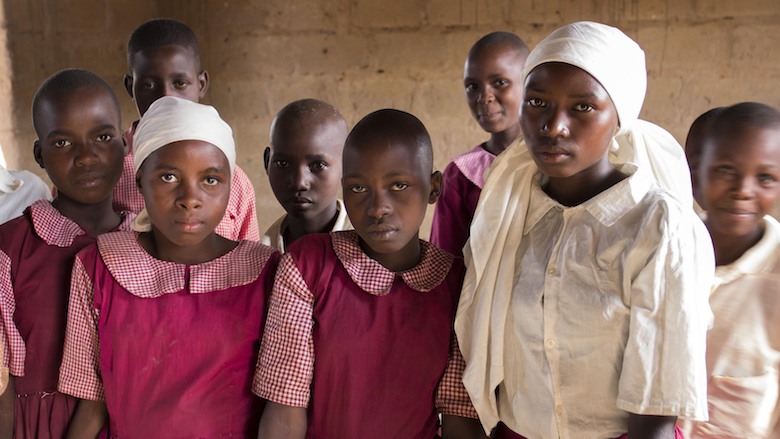Greatness United is a Kenyan government program that recruits and trains university graduates to assist low-performing public primary schools to improve student learning. It is also intended to boost national cohesion by placing volunteers in year-long assignments outside of their home counties. However, G-United faces high levels of applicant dropout, losing almost half of its applicants each year, mainly at assignment, and around the time they are to be sent to their placement areas. Using administrative data collected by the G-United program, this evaluation will test whether incorporating applicants’ geographic preferences in their placement can increase retention and lead to better performance. It will also test whether an assignment rule that takes geographic preferences into account affects ethnic and national identity.
| Study title: | Building State Capacity and National Unity with Market Design: The Problem of Volunteer Assignment in Kenya’s G-United Program. |
| Research question: | Can incorporating teachers’ preferences into a centralized system of allocating teachers to geographically dispersed posts increase retention without sacrificing national unity? |
| Policy problem: | Teachers do not want to reside and work in remote areas. |
| Evaluation design: | Treatment This group of volunteer teachers reports their geographic preferences among counties, excluding their home counties (county of ancestry and county of residence). These responses are used to assign the volunteers to a placement county.
Control This group of volunteer teachers reports the same information as Treatment Group 1 but t they are then randomly assigned to a county, excluding their home counties.
Note: This is the original design of the evaluation that was meant to be implemented on the fifth cohort of the national volunteering program. The current design relies on data from the pilot which took place with the fourth cohort of the program. While there was no explicit control group in the pilot, there was oversubscription for slots in the volunteer program. The program received over 2,300 applications for only 1,300 positions. Due to incomplete take-up of offers, all applicants eventually received an offer to the program but applicants who received an offer later in this process were much less likely to take up the offer. Whether an applicant received an offer earlier or later depended only on the applicant’s random lottery number used to assign them by the mechanism. |
| Data sources: | Administrative data and survey data. |
| Researchers: | Michael Kremer, Willa Friedman, Guthrie Gray-Lobe |
